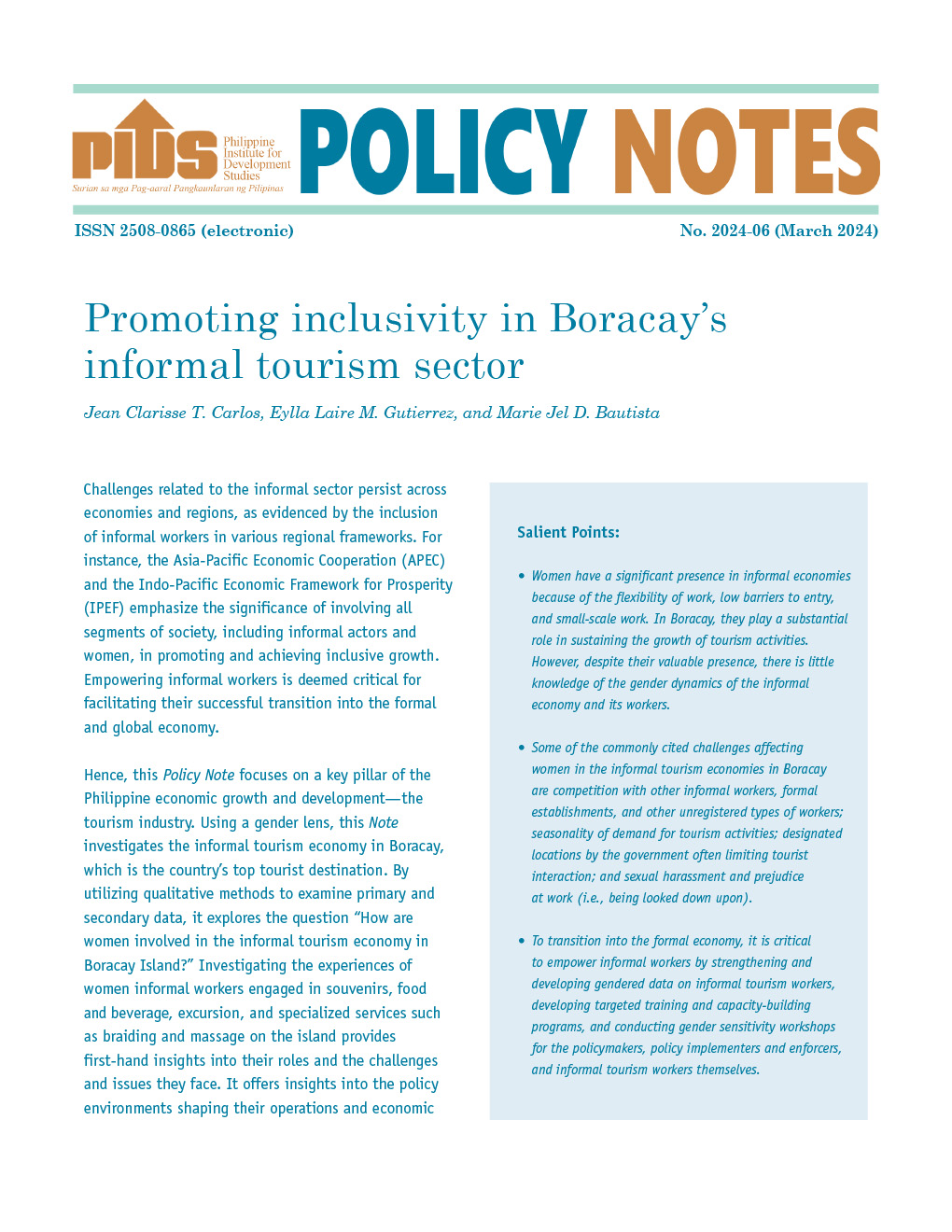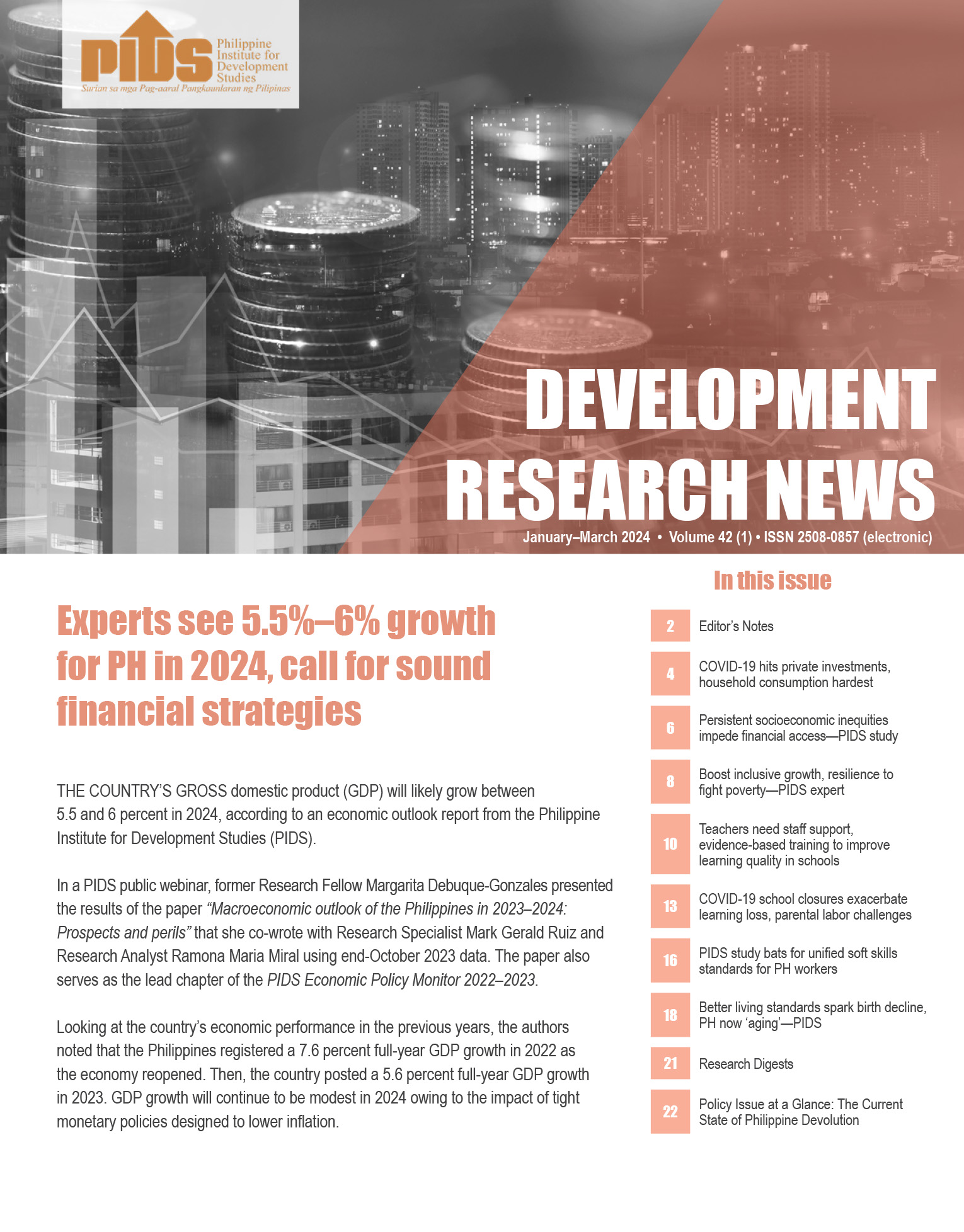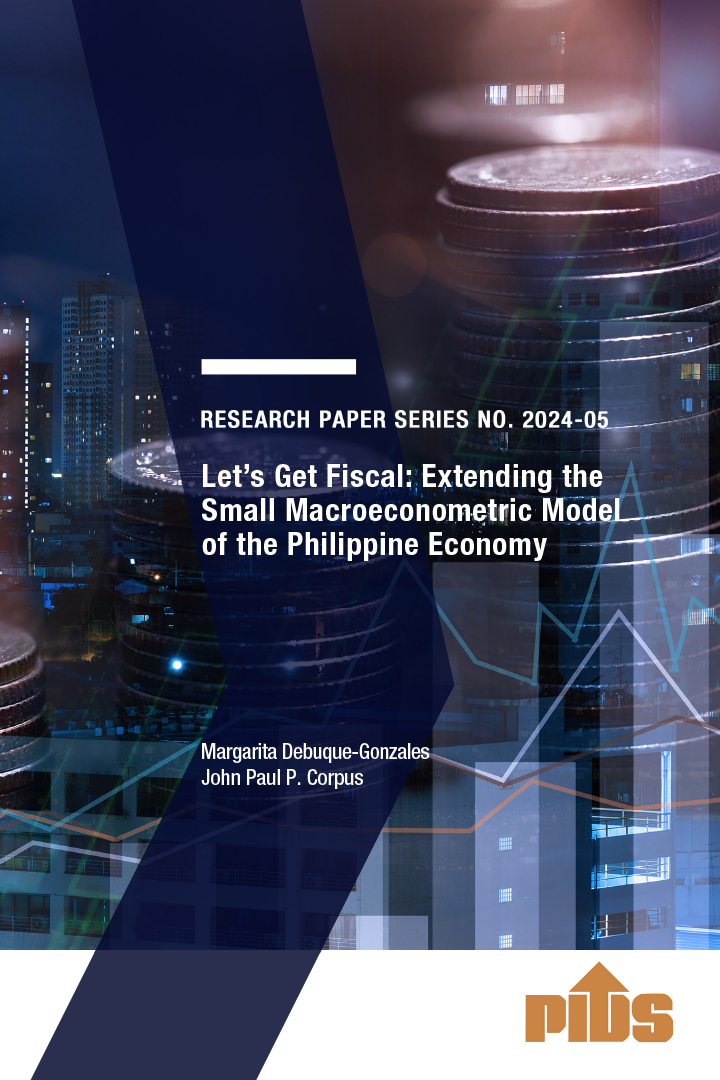The Philippines needs to invest in infrastructure and human capital in an effort to reap the demographic dividend which is crucial to the country’s economic growth, according to a paper published by state think tank Philippine Institute for Development Studies (PIDS).
A paper authored by Michael Abrigo and Carla San Diego, research fellow and information officer at the PIDS, respectively, revealed that the country is currently riding on the demographic sweet spot when its population becomes increasingly concentrated toward ages where productivity is highest. The labor force grows more rapidly than the dependent population.
Abrigo and San Diego noted the Philippines has been enjoying an additional 0.4 percentage point annual boost in income per person on average from the first demographic dividend since the late 1960s.
“The window of opportunity, however, is closing soon,” they said, citing earlier estimates pointing to an end to the country’s first dividend phase by 2042, or just about two decades from now.
Given this time-bound nature of demographic dividend, the PIDS paper urged the government to invest in infrastructure and human capital, among others, to support the needs of its population.
“For instance, infrastructures, e.g., schools, health facilities, roads, etc., must at least grow as fast as the population that requires them. The young must be afforded the chance to be educated. Employment opportunities must be available to those seeking work,” it said.
The authors also underscored the need to create a sound financial market to allow investments to flourish.
The paper called for the strengthened government support for family planning programs that can help Filipino families attain their desired fertility level.
Further, the authors said some policies also need to be rethought or introduced.
“Government transfer systems, like unfunded pension or social health insurance -- particularly when they are especially generous -- may pose heavy burden to taxpayers in an ageing population. Allowing the elderly to continue working when they desire so, say by removing mandatory retirement age, may ease some of this burden,” they added.
Abrigo and San Diego said policies promoting saving and investments among middle-age workers may also provide the needed social security, while also raising the available capital.












